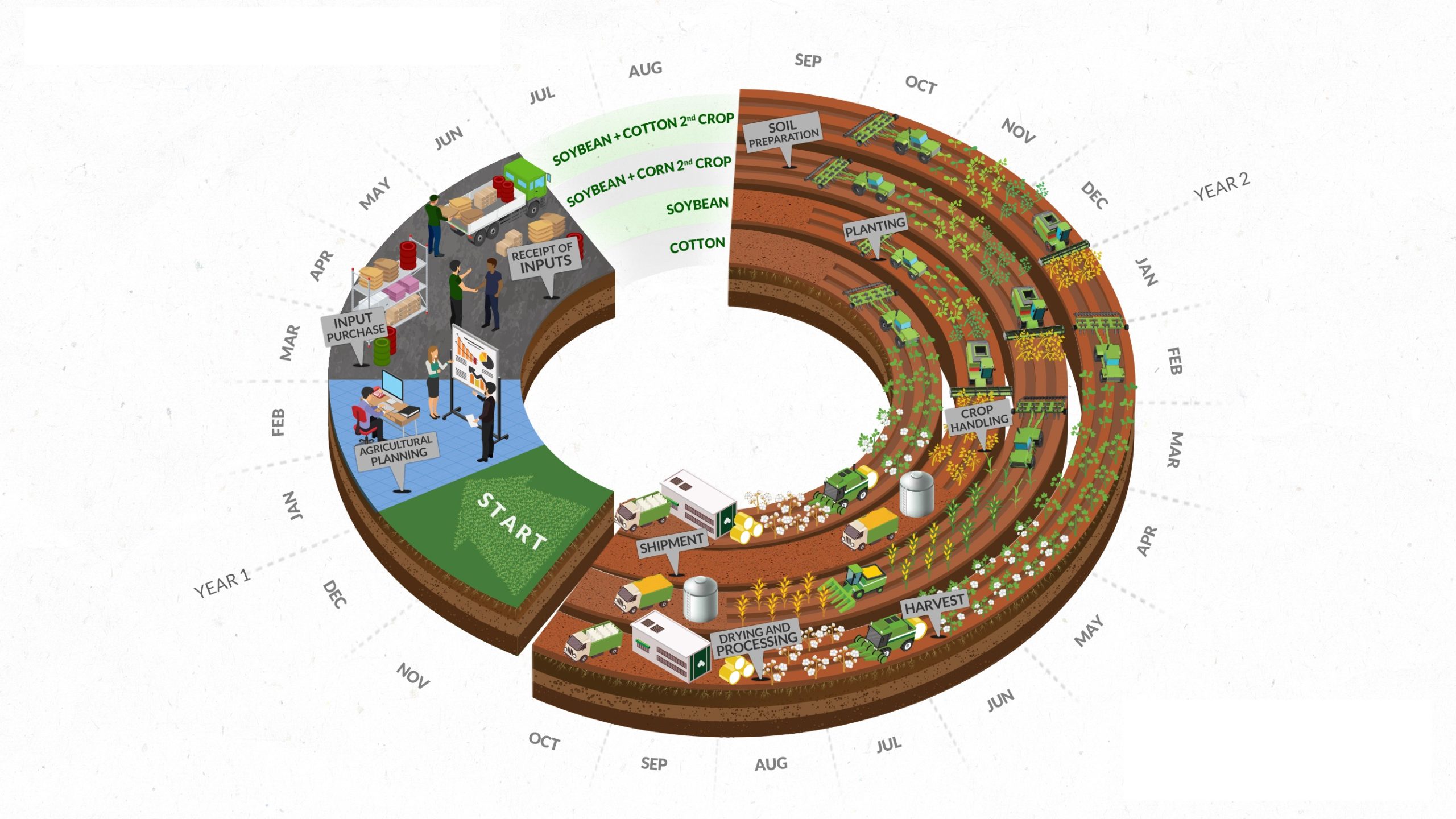Learn about our production cycle
The production cycle begins with strategic planning based on the national and international scenario of current and future agricultural commodities. The strategic definitions guide the preparation of the agricultural planning of each year, in which all the inputs necessary for the harvest are defined, within the peculiarities of each crop. After the acquisition and delivery of inputs in the Farms, the execution of agricultural operations begins, such as soil preparation, sowing, fertilization, pest control, diseases, weeds and harvest.
The flow of these activities occurs throughout the year, especially in the Farms where climatic conditions allow cultivation of the crop and a 2nd crop. After harvest, the products are processed and stored in the Production Units themselves until they are sold and transport. The final destination of the agricultural commodities are our customers in the domestic or foreign market with high quality standards. The entire production cycle, which includes agricultural planning until delivery to the customer, can take more than two years.
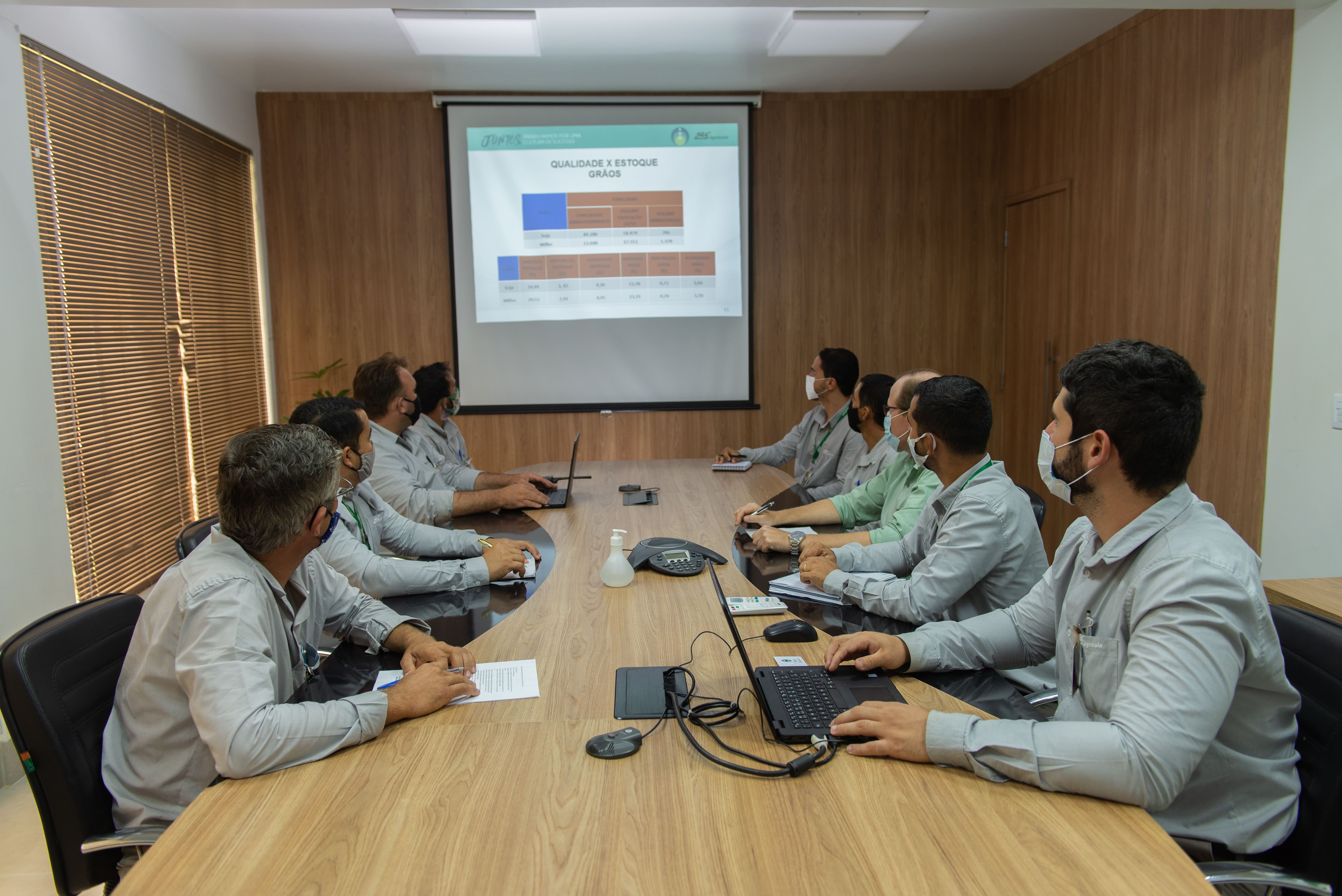
Agricultural Planning
Agricultural planning is a crucial step in the agricultural production process and is idealized based on detailed studies of the current and future commodity market, climate forecasts and production costs. At this stage, the agricultural planning team carefully assesses the factors that interfere with production and, based on technical decisions, all the necessary inputs are planned to promote the proper development of each crop, aiming to exploit its productive potential with the quality required by our customers. Agricultural planning is carried out with the Farm´s technicians between January and March of each year, in which the crops, operations, fertilizers, correctives, pesticides, seeds and machinery are defined. Strategic planning also allows a long-term analysis and enables the search for market opportunities, opportunities to buy inputs and sell commodities.
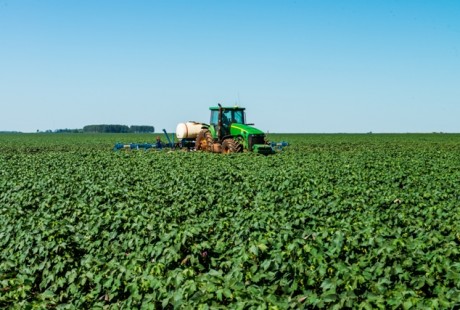
Purchase of Inputs
One of the main pillars of the Supply area is to contribute to cost optimization, identifying opportunities in the acquisition of production inputs.
Preparation, sowing and handling
How we sow the future
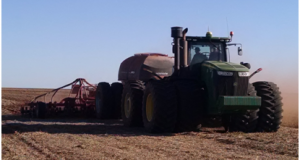
Soil preparation
Preparing the soil for sowing crops means providing the best conditions for plants to develop and involves the use of ground cover plants, adequate physical conditions, efficient erosion control and water infiltration, direct sowing system and balanced nutrient supply.
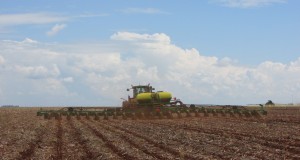
Sowing
Efficient planning of the varieties of each crop also requires efficient planning of the sowing system. Crops should be sown in the best seasons for each cultivar, seeking to obtain the maximum potential of each crop. This is only achieved with constant training of the workforce and use of high operational performance machines and quality of the operation.
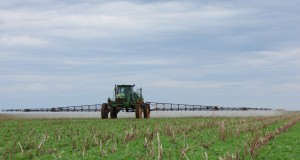
Crop rotation and handling
The cultivation system in the Brazilian Cerrado requires an efficient rotation of crops to guarantee the long-term sustainability of the soil, natural resources and productive system. During the production cycle, appropriate management activities to ensure the satisfactory development of the plants are performed, such as applications of fertilizers and pesticides to minimize pest damage, diseases and weeds. All operations are performed according to agricultural planning and by means of daily evaluations in the field.
The harvest
Time to harvest the results
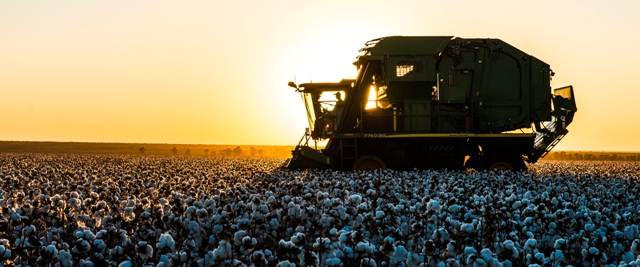
Harvesting takes place practically all year round at SLC Agrícola. This operation begins in the Midwest region, with early soy, in January, and extends until April in the Northeast region. The 2nd corn harvest begins in June and ends in August. Cotton is harvested between July and September. In addition to field assessments, productivity is monitored by crop maps that make it possible to improve operations for future harvests.
Processing and Storage
How we store and guarantee the quality
The processing and storage processes of our products are carried out using the highest technology, seeking safety, product quality and efficiency of operations, covering activities from the field to delivery to the customer. For cotton, transportation to the plant is carried out with the utmost care to preserve the quality of the fiber. In processing, each step of the process is inspected and adjusted to obtain a product with the highest possible quality.
In the processing process, the humidity and drying controls of the fiber are fundamental, so we have, in some units, an automated system to dry and humidify the plume to ensure quality in our process. All cotton bales are classified so that we can present our customer a uniform fiber classification. In the plume storage process, the batches are formed according to the quality standard.
In the plume storage process, lots are formed according to their quality standard.
SLC Agrícola has modern grain receiving units, providing infrastructure with capacity for reception, standardization, segregation and storage of soy, corn, wheat, sorghum, sunflower and other grains. The basis of this structure is formed by specialized professionals, focused on the safety of the operation, on the final quality of the products, on the efficiency in the drying and storage of agricultural products.
The grains produced are stored in places with controlled temperature and aeration.
Our storage capacity (2022):
Grain storage (tons): 1.054.920
Cotton storage (tons): 190.447
